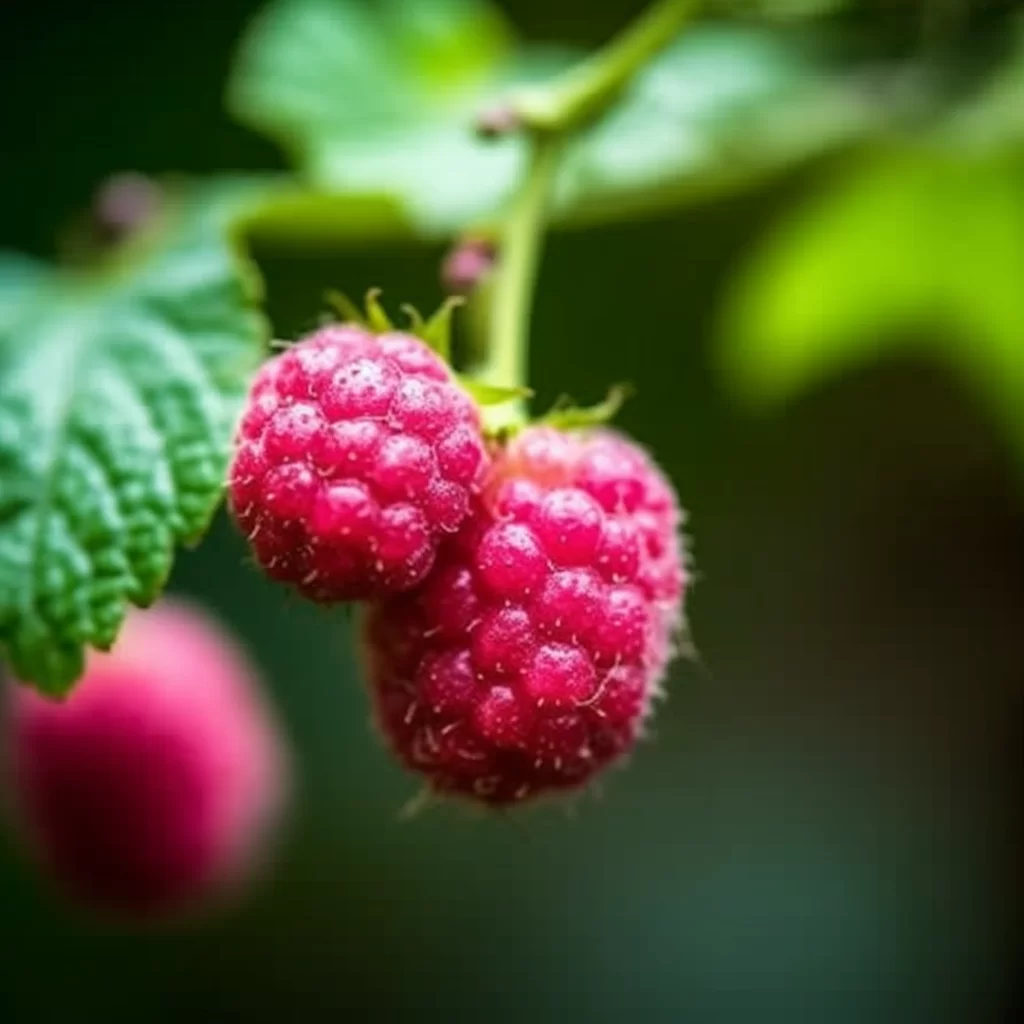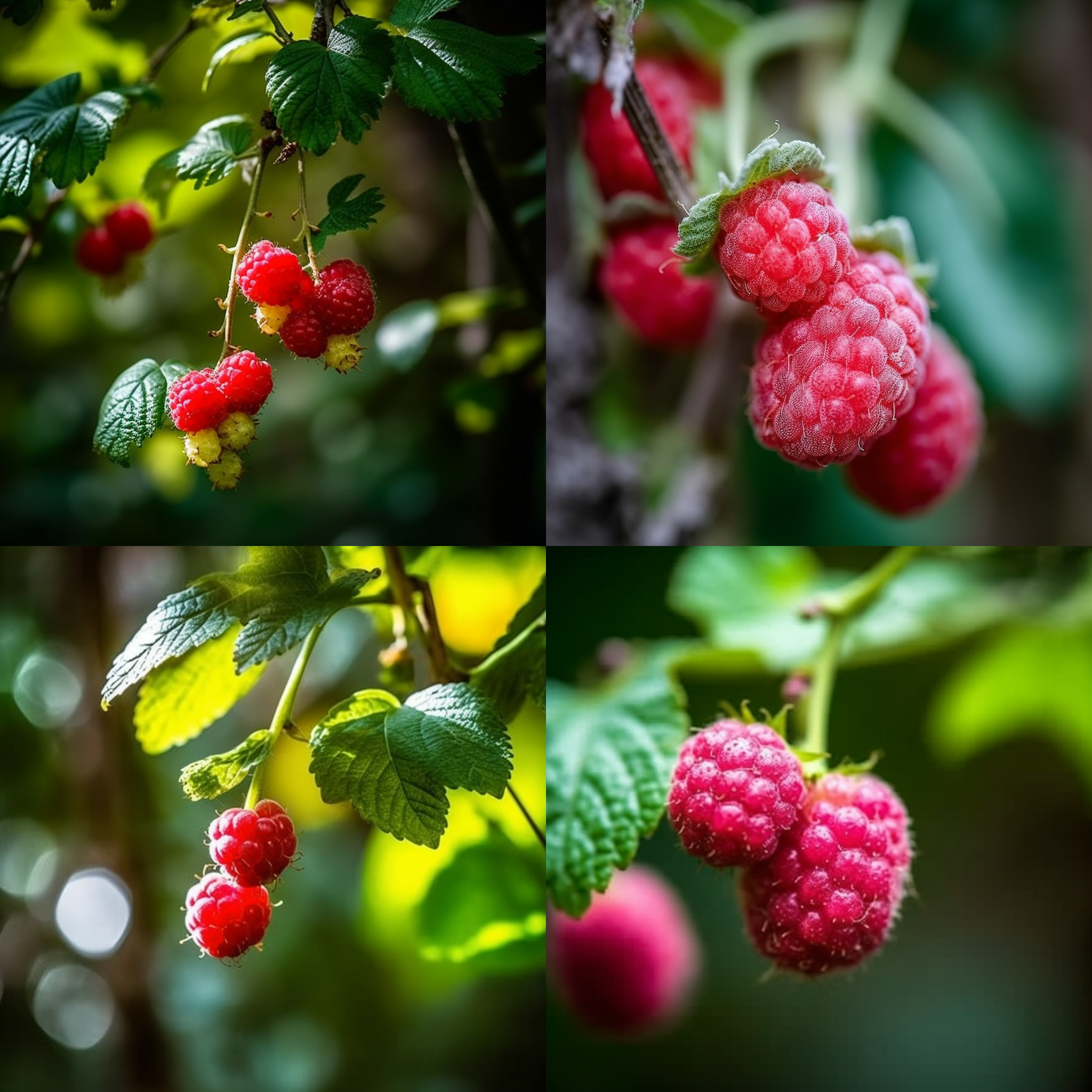Story of Day :
Contents
- 1 The Raspberry Plant: A Complete Guide and Care Tips
- 2 Types of Raspberry Plants
- 3 Choosing a Location for Your Raspberry Plant
- 4 Planting Your Raspberry Plant
- 5 Caring for Your Raspberry Plant
- 6 Pests and Diseases
- 7 Harvesting Your Raspberry Plant
- 8 In Conclusion: Growing Raspberries Successfully Takes Time And Patience!
The Raspberry Plant: A Complete Guide and Care Tips
Raspberries are a delicious addition to any garden, but they can be tricky to grow. Whether you’re an experienced gardener or a beginner, this guide will provide you with all the information you need to successfully grow raspberry plants.
Types of Raspberry Plants
- Summer-Bearing: These produce fruit in the summer on second-year canes. They are the most common type of raspberry plant.
- Fall-Bearing: These produce fruit in late summer and fall on first-year canes.
- Everbearing: These produce fruit in both the summer and fall on first-year canes.

Choosing a Location for Your Raspberry Plant
Raspberry plants require full sun and well-draining soil. Avoid planting them near trees or other plants that will shade them or compete for nutrients. It’s also important to choose a location that has good air circulation, as raspberries are prone to fungal diseases.
Planting Your Raspberry Plant
- Dig a hole that is large enough for your raspberry plant’s roots.
- Mix compost into the soil before placing your plant into the hole.
- Cover with soil and water thoroughly.
- If planting multiple raspberry plants, space them at least two feet apart in rows that are six feet apart.

Caring for Your Raspberry Plant
Watering:
Raspberry plants require consistent watering throughout their growing season. Water deeply once per week during dry spells, but avoid overwatering as this can cause root rot. Be sure not to get water on the leaves, as this can lead to fungal diseases.

Fertilizing:
Raspberry plants benefit from regular fertilization. Apply a balanced fertilizer in early spring and again after harvest.
Pruning:
Pruning is essential for raspberry plants. Summer-bearing raspberries should be pruned in late winter or early spring before new growth begins. Cut out all the dead canes and thin out the remaining canes so that they are six inches apart. Fall-bearing raspberries should be pruned back to ground level in late winter or early spring. Everbearing raspberries should receive both types of pruning.

Pests and Diseases
Raspberries are susceptible to a number of pests and diseases, including cane borers, Japanese beetles, aphids, powdery mildew, and verticillium wilt. To prevent these issues:
- Plant disease-resistant varieties where possible
- Clean up plant debris at the end of each season
- Avoid overcrowding your plants
- Treat pest infestations promptly with insecticidal soap or neem oil
Harvesting Your Raspberry Plant
Raspberries are ready for harvesting when they pull away from their receptacle with ease. This typically occurs in early summer for summer-bearing raspberries and late summer/early fall for fall- bearing raspberries.Late flowering varieties may not fruit until October.
Be sure not to wait too long to harvest your berries; overripe berries will attract pests such as birds and yellow jackets.
In Conclusion: Growing Raspberries Successfully Takes Time And Patience!
Growing raspberry plants can be a rewarding experience, but it takes time and patience to do it successfully. Choose the right type of raspberry plant for your needs, plant in a location with full sun and well-draining soil, water and fertilize regularly, prune as needed, and take steps to prevent pests and diseases. With these tips in mind,you’ll be harvesting raspberries that will make your garden space the envy of all other gardeners.
